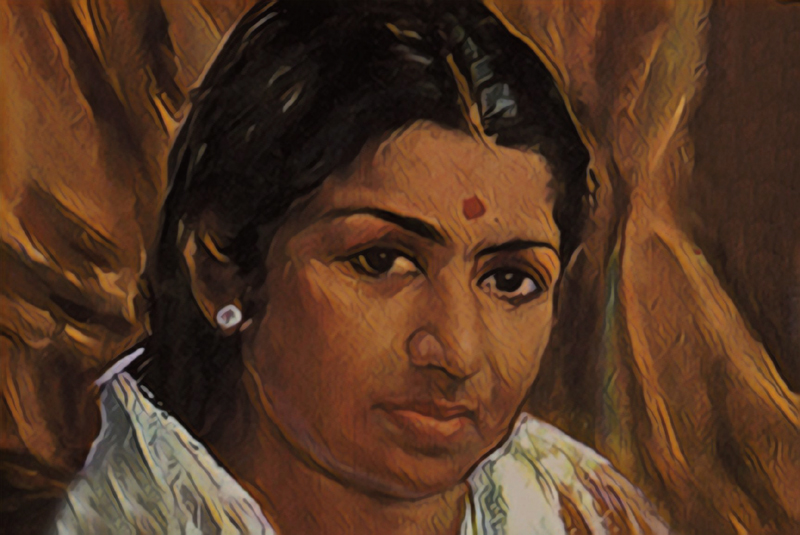The legendary Greek philosopher-mathematician Pythagoras often echoed that good music was allied with the varied rhythms and cadences of life. He also employed his findings in music to the ‘conduct’ of cosmic objects—in other words, the smallest intervals in the musical scale—that added up to seven whole tones that formed a flawless, pleasant-sounding natural order. That the great man envisaged the universe itself throbbed with its own masterpiece ensemble was yet another landmark testament. Pythagoras understood that such melodies were godly and exquisite, yet sometimes too muffled for the human ear, unless the singer took it to the next level that was laden with pure, divine sound and melody of the highest order—the preserve of just a select few.
Lata Mangeshkar (September 28, 1929-February 6, 2022) exemplified the Pythagorean context, like no other, in her own rose, also sepia-tinted, or multi-coloured, Lata-centric genre of variegated contexts with the Midas’ touch. That she made no claim, or reference to it, despite being the Queen of Music, epitomised her humility, also greatness—more so, when she reached the insuperable zenith of her career.
It is obvious that musical contexts are limitless auguries—not random constructs. They are, in more ways than one, burrowed realities moored in wide and deep realisms, where each veracity is a part of infinite aggregates. In other words—a boundless oeuvre that more than highlights, or rejoices, a precise framework. This celebrates yet another facet—the elucidation of musical contexts is not only elicitation, but also the illumination of a certain essential connection, or transcendent, subliminal exploration.
-30-
Copyright©Madras Courier, All Rights Reserved. You may share using our article tools. Please don't cut articles from madrascourier.com and redistribute by email, post to the web, mobile phone or social media.Please send in your feed back and comments to [email protected]











